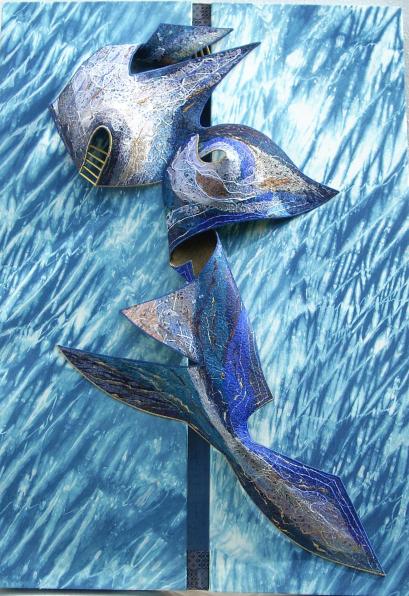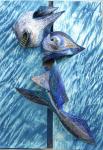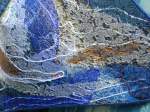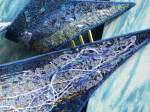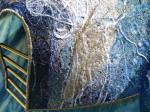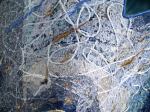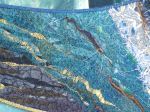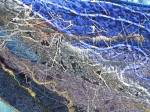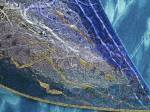The animal and plant decoration on the museum’s exterior
I have posted before about my love for the Waterhouse Building, home of London’s Natural History Museum (The Sculpture of Nature). This time I thought that I would share a few photographs showing the outside of this beautiful and eccentric building, specifically, a few of the many, many animal and plant sculptures and reliefs that decorate its rich exterior.
The ambition of Alfred Waterhouse’s design is breathtaking in its complexity, with literally hundreds of sculptures and gargoyles adorning a façade that is already a busy excursion into the Gothic fairytale-land of the German Romanesque. Such richness of detail could easily have disintegrated into a jumbled mess, yet through careful control of scale and proportion, together with the cohesive force of the strong lines running through the design, Waterhouse never loses the overall coherence of the building.
I fell in love with this building on the day I first saw it and in the decades since I have only grown to appreciate it more. If you have a chance to visit London then please make a trip to the Natural History Museum one of your priorities.
(As always, thanks are due to husband Alex for helping to put my thoughts into words.)





















